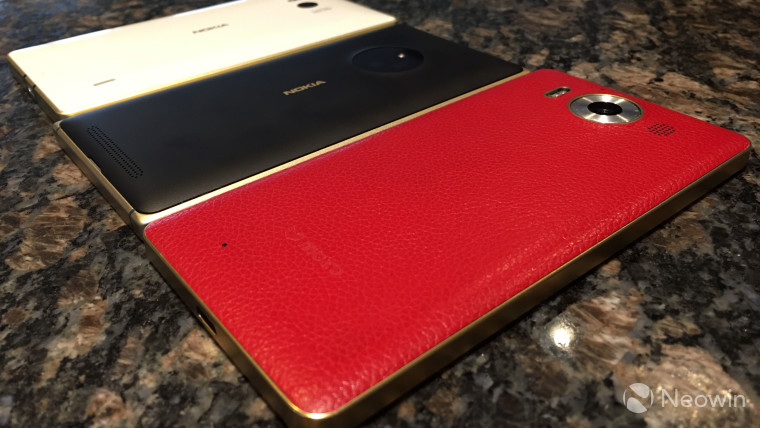
Today, the Windows Insider team held a webcast on Mixer, since it's doing the final Bug Bash for the Windows 10 Fall Creators Update. Fan-favorite Joe Belfiore stopped by and answered a few questions for those tuning in.
One of those questions was regarding whether or not the Microsoft Lumia 950 would receive full Windows 10 on ARM, the technology that will allow for x86 emulation on ARM processors. His answer was a very clear "no". But while this news may be disappointing to some - if not surprising at all, as we reported it back in December - it was still refreshing to see Belfiore provide a detailed explanation, offering more clarity than we're used to seeing from Microsoft.
He said the following (via Windows Central):
The Windows 10 on ARM effort is about enabling the PC experience on devices that are built on ARM so that they're connected all the time and have great battery life. So the experience is a desktop PC experience, it's not a phone-like experience. For phone-like experiences on ARM, we have Windows 10 Mobile. What Windows 10 on ARM is, is a desktop-like experience so that you get the battery life that ARM processors tend to have.
The other thing that's interesting about this is that in all cases where you build ARM software, it's not so easy to just put it on another device. The OS intermingles with what's called the BSP (board support package), and that's how the software talks to the SoC. There's special work that has to be done to get the OS talking to the BSP, talking to the SoC, so it's not like the PC ecosystem where we write an OS in the same binaries that run on lots of different PCs. With ARM devices with SoC, you have to more closely target it. So that is often the case why it's more challenging for us to get updates to a wide range of ARM devices. They're all quite different, which adds delay, and as the number of people using those devices gets smaller, it unfortunately makes less sense for us to invest more time and energy in that.
Belfiore made it clear that Windows 10 on ARM is about providing a desktop experience, rather than a phone experience. As you can see from the beginning of the statement, he even said "we have Windows 10 Mobile" for those phone experiences, which is interesting given the rumors that Windows 10 Mobile might be going away in favor of something else.
But the reason that this shouldn't come as a shock to anyone is that both Microsoft and Qualcomm have said time and again that the first devices to support x86 emulation will use a Snapdragon 835 chipset, and obviously there are no such Windows phones. In fact, according to the official hardware requirements, Windows 10 Mobile doesn't even support Qualcomm's latest flagship SoC.
Of course, this doesn't mean that Microsoft is done with phones, only that x86 emulation won't be coming to a Windows phone that you already own. A future endeavor would likely include Cshell, the adaptable Windows shell that's responsive to different screen sizes and device types.
You can check out the full webcast here, and you can skip to the 47:20 mark to see Joe B.'s answer.

















40 Comments - Add comment